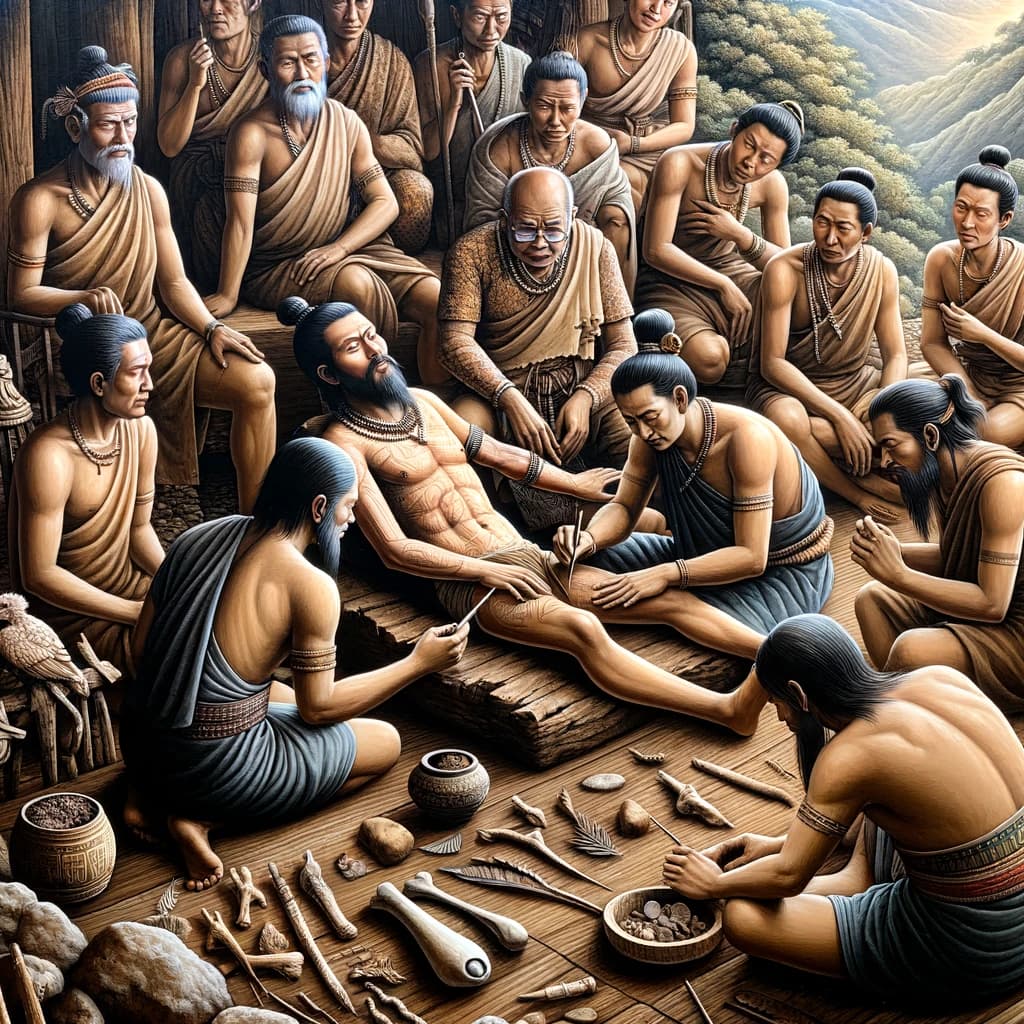The History and Evolution of Tattooing: Tracing the Ancient Origins and Cultural Journey
Introduction
Tattooing is an art form that transcends time and cultures, boasting a rich history that dates back thousands of years. This ancient practice, once a symbol of status, ritual, and identity, has evolved into a popular means of self-expression and artistry. In this blog, we'll delve into the fascinating journey of tattoos, from their ancient origins to their contemporary significance across cultures.
Ancient Beginnings
The earliest evidence of tattooing dates back to the Ice Age, approximately 5,200 years ago, with the discovery of Ötzi the Iceman, whose mummified body bore tattooed lines and dots. Ancient cultures across Egypt, Polynesia, Japan, and the Philippines embraced tattooing for various purposes, including spiritual protection, social status, and beauty. These early tattoos were crafted using natural materials like bone, wood, and soot, highlighting the ingenuity and significance of tattoos in ancient societies.
Cultural Significance Across the Globe
- Polynesia: In Polynesian culture, tattoos, or 'tatau,' are a rite of passage, signifying social status, tribe affiliation, and maturity. The intricate designs, applied with tools made from sharks' teeth, are deeply symbolic and unique to each individual.
- Japan: Japanese tattoos, known as 'irezumi,' began as symbols of spirituality and status before evolving into elaborate artworks associated with the samurai and, later, the yakuza. Traditional irezumi, characterized by full-body designs, reflect tales from folklore, nature, and the spiritual world.
- Native American: Many Native American tribes used tattoos to denote achievements, social status, and tribal affiliations. These tattoos were also believed to offer protection and healing powers.
- Maori of New Zealand: The Maori's distinctive 'moko' tattoos are a sacred form of identity and lineage, with each design detailing the individual's genealogy, tribal affiliations, and achievements.
The Western Influence
The introduction of tattoos to the Western world is often credited to explorers and sailors who encountered tattooed cultures during their voyages. In the 18th century, sailors, including Captain James Cook’s crew, returned from Polynesia with tattoos, sparking curiosity and fascination. Over time, tattoos in the West transitioned from symbols of exoticism and rebellion to mainstream acceptance.
Modern Evolution
Today, tattooing is a global phenomenon, embracing diverse styles from traditional to modern. Technological advancements have revolutionized the tools and techniques used, making tattooing safer and more accessible. Contemporary tattoos range from minimalist designs to elaborate, colorful artworks, each telling a personal story or expressing individuality.
Conclusion
The history and evolution of tattooing reflect humanity's desire for self-expression, belonging, and identity. From ancient rituals to modern art forms, tattoos bridge cultures and generations, proving that this ancient practice is more than skin deep. As we continue to embrace and innovate this art form, the rich tapestry of tattooing will undoubtedly grow, preserving its legacy for future generations.
